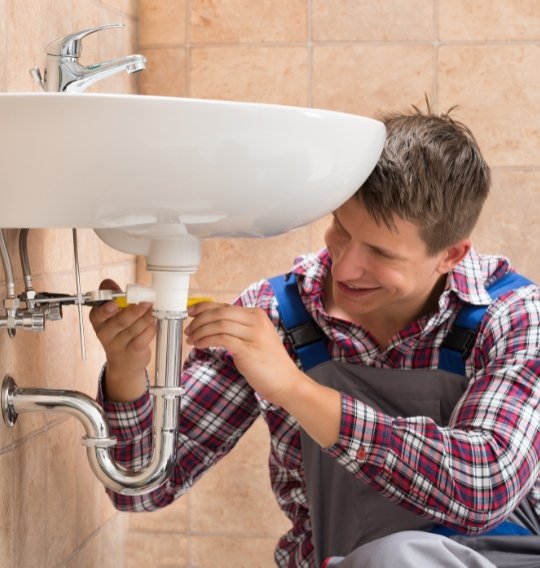Living in an older home often comes with a unique charm and character that newer constructions sometimes lack. However, along with that charm comes the potential for various plumbing issues that can arise due to the age of the house. In this blog post, we’ll discuss some common plumbing problems faced in old houses and offer tips for identifying and addressing these issues.
Galvanized pipes:
Older homes often have galvanized pipes, which were popular in the early to mid-20th century. These pipes can corrode over time, leading to leaks, reduced water pressure, and discolored water. If you suspect your home has galvanized pipes, it’s essential to have them inspected by a professional plumber and consider replacing them with more durable materials like copper or PEX.
Sewer line issues:
Aging sewer lines made of clay or cast iron can crack or collapse, causing blockages or sewage backups in your home. Tree roots can also infiltrate and damage these older sewer lines. To prevent such issues, schedule regular sewer line inspections and maintenance. If you encounter a sewer line problem, contact a professional plumber to diagnose and repair the issue.
Outdated fixtures:
Older plumbing fixtures may be less efficient and more prone to leaks or other issues. These inefficiencies can lead to increased water usage and higher utility bills. Consider upgrading your plumbing fixtures to modern, water-efficient models to save water and reduce your monthly expenses.
Corroded or damaged plumbing connections:
Over time, plumbing connections in old houses can become corroded or damaged, increasing the risk of leaks and water damage. Regularly inspect your home’s plumbing connections, and if you notice any signs of corrosion or damage, contact a plumber to assess and repair the issue.
Inadequate water pressure:
Older homes may suffer from inadequate water pressure due to corroded pipes, outdated plumbing systems, or sediment buildup. Low water pressure can make everyday tasks like showering and washing dishes frustrating. If you’re experiencing low water pressure, consult a professional plumber to diagnose the cause and recommend a solution.
Prevention and Maintenance Tips:
To prevent and address plumbing problems in old houses, consider the following:
- Schedule regular plumbing inspections and maintenance to identify and fix potential issues before they become emergencies.
- Replace old or corroded pipes with newer, more durable materials like copper or PEX.
- Install water pressure regulators and water softeners to protect your plumbing system from damage and improve water pressure.
- Upgrade outdated fixtures to modern, water-efficient models.
- Keep an eye out for signs of plumbing issues, such as discolored water, unusual odors, or damp spots on walls and floors.
Conclusion:
Living in an old house comes with its unique set of challenges, especially when it comes to plumbing. By being proactive in addressing potential plumbing problems and scheduling regular maintenance, you can help preserve the charm of your old home while ensuring a safe and comfortable living environment. If you encounter any plumbing issues in your old house, don’t hesitate to contact a professional plumber for assistance.

